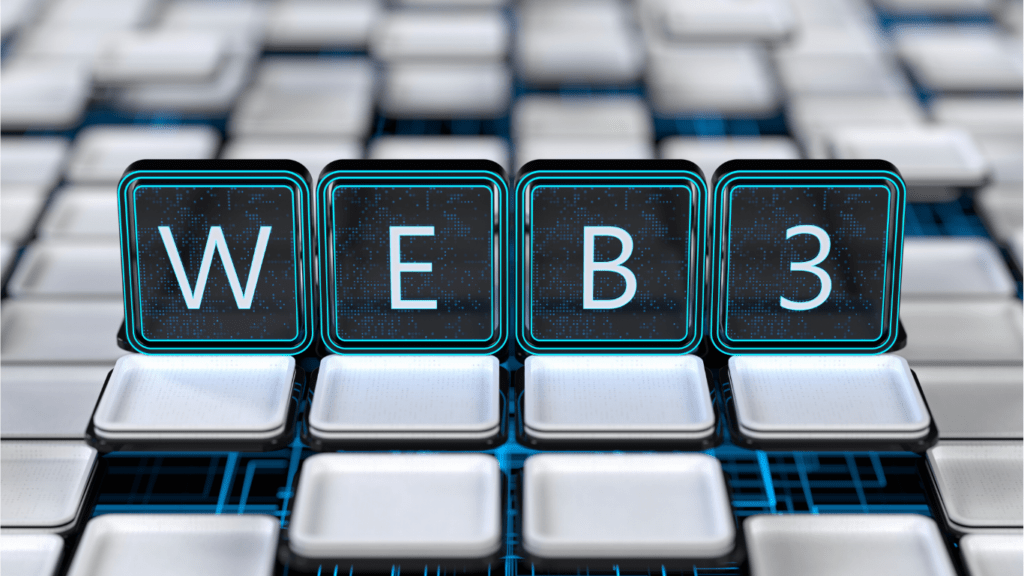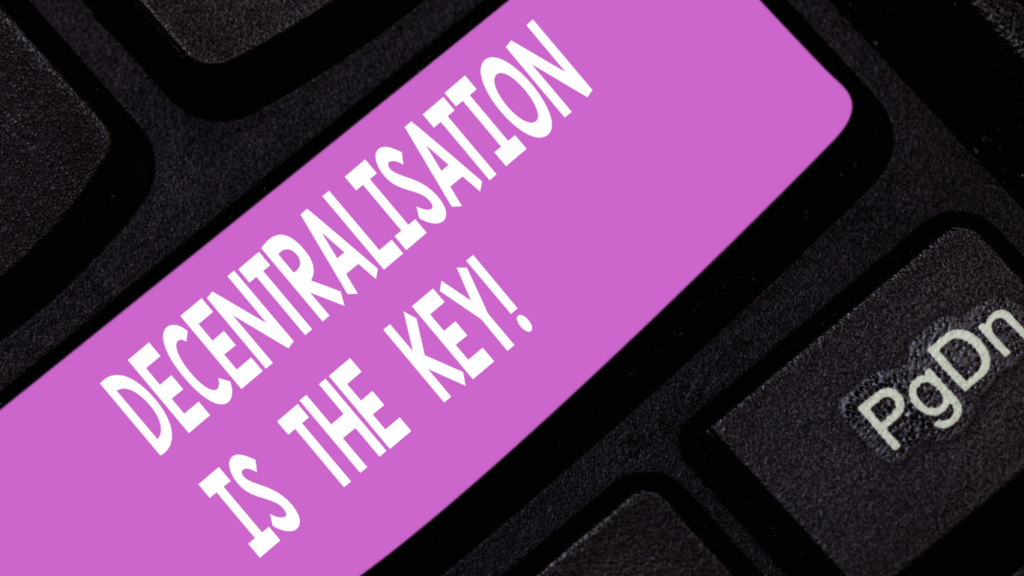The internet’s come a long way since its early days, but it’s clear we’re on the brink of something transformative. Web3, often called the next evolution of the internet, promises to redefine how we connect, share, and build online. At its core, it’s about decentralization—shifting power from big corporations to individuals through blockchain technology and peer-to-peer networks.
What Is Web3?
Web3 represents a new paradigm in internet technology built around decentralized ownership and control. It uses blockchain and other distributed technologies to create transparent, user-driven online ecosystems.
Understanding The Basics
Web3 focuses on decentralization, removing reliance on central authorities by leveraging blockchain technology. Blockchains act as immutable ledgers, storing transaction data across a network of nodes instead of centralized servers. Smart contracts, self-executing agreements coded on blockchains, enable trustless interactions by automating processes without intermediaries. Cryptocurrencies like Ethereum power many Web3 applications, facilitating secure, permissionless transactions.
Decentralized applications (dApps), such as Uniswap and OpenSea, illustrate Web3’s potential to transform industries. They provide services directly to users, bypassing centralized platforms, and frequently offer token-based incentives to their communities.
How It Differs From Web2
Web3 emphasizes transparent, user-owned systems, while Web2 relies on centralized platforms for interaction and data storage. In Web2, companies like Facebook and Google maintain control over user data, monetizing it through targeted ads. Web3, however, allows users to control their data and participate in governance through token-based voting mechanisms.
Monetization in Web2 mainly benefits platform owners. Web3 introduces token economies that distribute value to:
- users
- developers
- stakeholders
Open protocols replace proprietary systems in Web3, fostering interoperability and reducing dependency on siloed networks seen in Web2.
Principles Of Decentralization

Decentralization aims to distribute authority across networks, reducing dependency on single points of control. It focuses on creating systems that are resistant to interference, censorship, and manipulation.
Core Concepts And Goals
Decentralization prioritizes transparency, security, and user empowerment. It enables decision-making and control to be spread across participants instead of centralized entities. In this model, users own their data and digital assets rather than surrendering them to third-party platforms.
By minimizing reliance on intermediaries, decentralization fosters trustless environments. Peer-to-peer interactions take precedence, ensuring participants can engage securely without requiring a central authority to verify or manage activities. A key goal is to eliminate gatekeepers and promote equitable access for all users.
Examples include decentralized autonomous organizations (DAOs), which operate through community-driven governance, and open networks like IPFS (InterPlanetary File System), which facilitate distributed file sharing.
Role Of Blockchain Technology
- Blockchain technology underpins decentralization by serving as a transparent and tamper-proof ledger. Transactions recorded on a blockchain are immutable, ensuring data integrity across distributed networks.
- Smart contracts play a pivotal role in executing decentralized processes. These self-executing contracts automate operations based on predefined conditions, removing intermediaries.
- Ethereum and other blockchain platforms enable developers to integrate smart contracts into various applications, ranging from finance (DeFi) to supply chain management.
- Cryptocurrencies like Bitcoin and Ethereum establish a foundation for decentralized finance. They enable permissionless, peer-to-peer transactions without traditional banking systems.
- Combined with tokenization, blockchain technology allows users to participate in governance and value distribution within decentralized ecosystems.
Benefits Of Web3 And Decentralization
Web3 and decentralization bring significant advancements in how we interact with and control digital systems by prioritizing security, transparency, and user empowerment. These innovations reshape traditional internet dynamics, enhancing user experiences across various domains.
Enhanced Security And Privacy
Web3 leverages decentralized networks to enhance data security and mitigate the risks of centralized data breaches. Blockchains store encrypted transaction data across distributed nodes, reducing single points of failure. Privacy is bolstered through cryptographic keys, which allow users to control access to their information without relying on centralized intermediaries. For instance, applications like Signal and Brave integrate decentralized practices to protect user privacy in messaging and web browsing.
Empowering Users And Creators
Web3 empowers individuals by granting ownership and governance over digital assets and content. Tokenization enables users and creators to earn and trade within decentralized ecosystems without traditional middlemen. Blockchain-based platforms like Zora and Audius allow creators to monetize their work directly while retaining full ownership. Users also participate in decision-making processes through token-based voting, fostering inclusive communities within decentralized systems.
Improved Transparency
Blockchain technology ensures transaction and data transparency by maintaining immutable, openly accessible ledgers. This promotes accountability by making it nearly impossible to alter historical records without consensus. Decentralized finance (DeFi) platforms exemplify this, providing clear visibility into all transactions and protocols. By removing opaque intermediaries, Web3 simplifies trust and fosters accountability in digital ecosystems.
Challenges In Adopting Web3
Adopting Web3 comes with significant challenges that hinder its widespread implementation. Scalability, regulatory landscapes, and accessibility all play critical roles in shaping Web3’s development and potential adoption.
Scalability And Performance Issues
Scalability poses a significant obstacle for Web3 networks. Blockchain technologies like Ethereum suffer from limited transaction throughput, supporting only 10-20 transactions per second compared to centralized systems like Visa, which handles over 24,000 per second. Network congestion and high gas fees frequently affect blockchain efficiency, discouraging adoption. Layer 2 solutions and alternative consensus protocols aim to address these concerns, but widespread implementation remains incomplete.
Regulatory And Legal Barriers
Regulatory and legal challenges create uncertainty for Web3’s growth. Governments worldwide lack standardized frameworks for blockchain technology, leading to varying policies around cryptocurrencies, token classifications, and decentralized applications. For example, the SEC in the US has scrutinized Initial Coin Offerings (ICOs), while the EU’s MiCA legislation proposes stricter rules. These inconsistencies generate ambiguity, deterring investment and innovation in the space.
User Experience And Accessibility
Web3 applications face usability hurdles that impede broader accessibility. Complex interfaces and technical jargon make platforms difficult for non-technical users to navigate. Wallets, private keys, and multiple steps in interactions add friction for mainstream adoption. Enhancements like simplified onboarding processes, intuitive designs, and interoperability between platforms are necessary to make Web3 more user-friendly and inclusive.



